Prinicipal Investigators (PIs) at GS LSE
Here you find a list of PIs affiliated with the Graduate School Life Science Engineering. By following the links provided you you can access more detailed information about their research areas and ongoing projects.
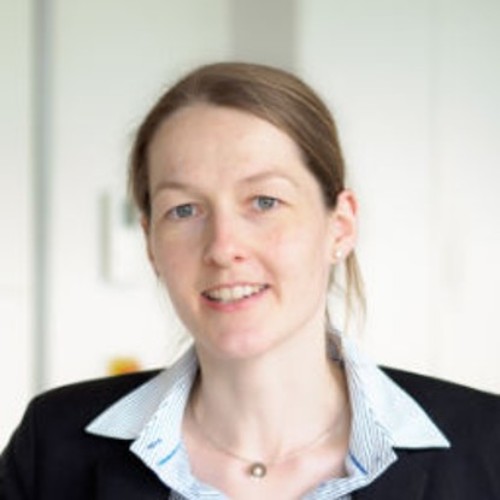
Prof. Annette Andrieu-Brunsen
We are a dynamic, innovative team searching for new nanoporous materials, manufacturing methods and transport processes with benefits in the areas of water, sensor technology and energy conversion.
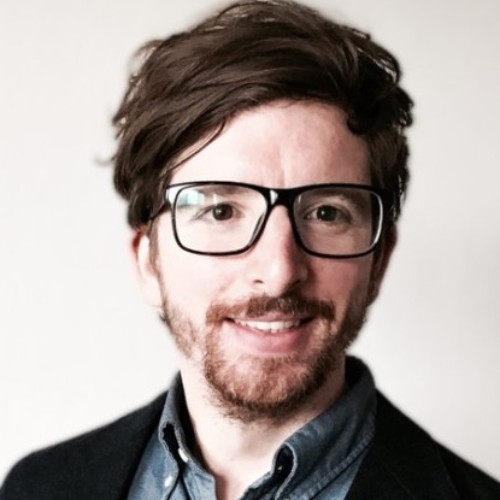
Prof. Andreas Blaeser
Core of his research is the investigation and development of 3D-bioprinting systems (3D-Bioprinting). Main focus areas are modelling and experimental research of various mechanisms and phenomena for the transport of biomaterials and their interaction with living cells.
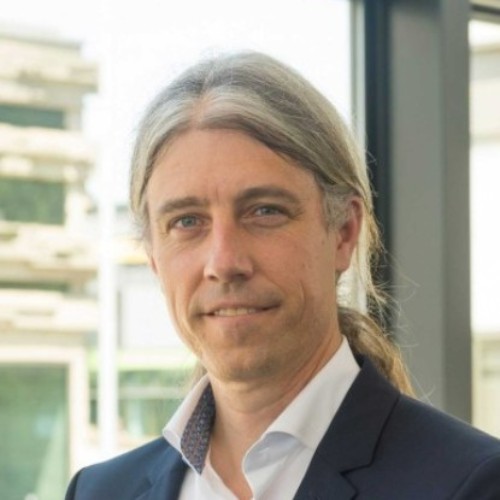
Prof. Nico Bruns
Our research in the realm of Sustainable Functional Polymers wisely combines synthetic polymer chemistry with the engineering of proteins and enzymes. Via this approach, some of the best aspects of two different domains of macromolecular chemistry are combined in order to exploit the catalytic power of enzymes, to create novel nanosystems and to develop materials with unprecedented new functions.
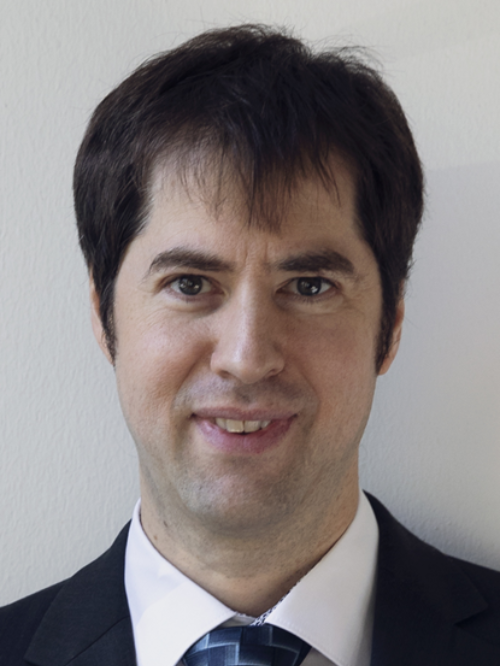
Prof. Thomas Burg
Advancing technology for medicine and biology with integrated fluidic, electromechanical, and optical micro- and nanosystems. We are exploring new approaches to characterizing single molecules, nanoparticles, and cells. Our aim is to thereby facilitate diagnosing diseases and searching for effective therapies.

Prof. Cristina Cardoso
Our group is interested in elucidating how the mammalian (epi)genome is maintained throughout cell divisions and how the epigenetic information is translated into spatial chromatin structure and activity during differentiation, reprogramming and disease.
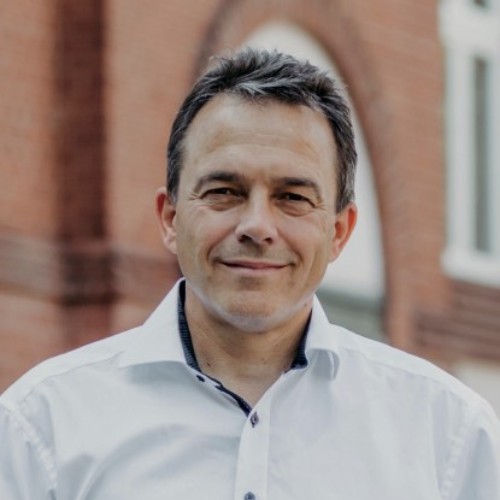
Prof. Rolf Findeisen
Our research is engaged in method development in the area of systems theory and control engineering, as well as application in various disciplines (mechatronics, biology, process engineering, nanotechnology, medical engineering, automotive engineering). The focus is on optimization-based and predictive control; systems biology; analysis of complex nonlinear systems; nonlinear structure and parameter identification; and control of complex, distributed systems via communication networks.
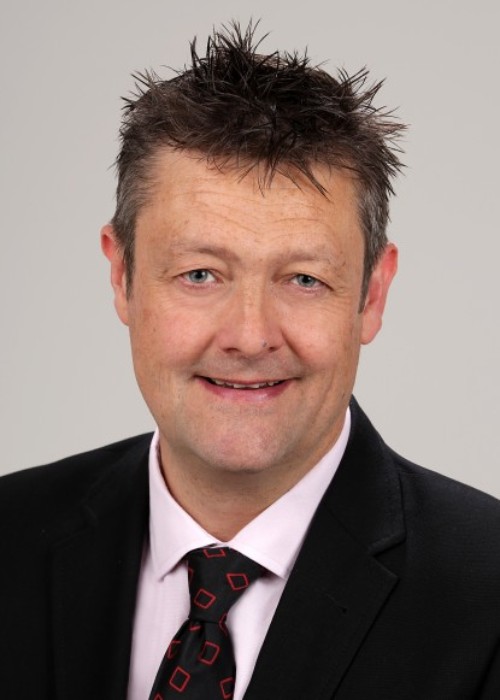
Prof. Felix Hausch
Our group draws from the cooperation between synthetic chemists preparing novel, rationally designed compounds and biochemists who investigate new molecular mechanisms of action.
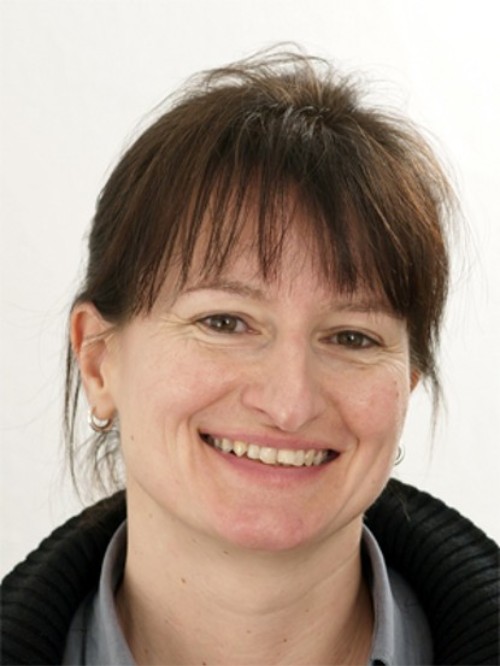
Prof. Regine v. Klitzing
We work in the area of phases and interfaces and examine the interactions in thin liquid films and at the air/water interface. Another main focus is responsive soft matter such as polyelectrolyte multilayers, polymer brushes and hydrogels.
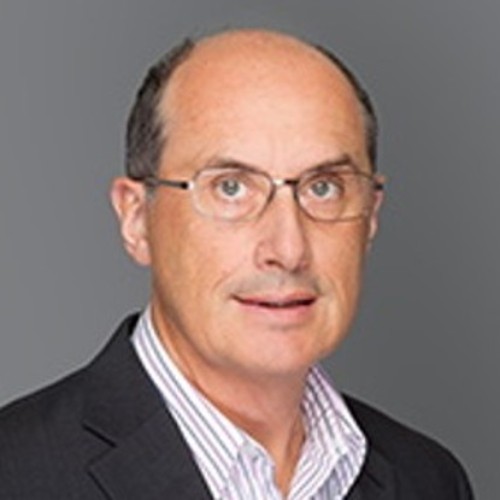
Prof. Harald Kolmar
The interdiscliplinary research group combines Chemistry, Biology and Biomolecular Engineering. Thus, the focus is on a broad range of application-oriented research topics.
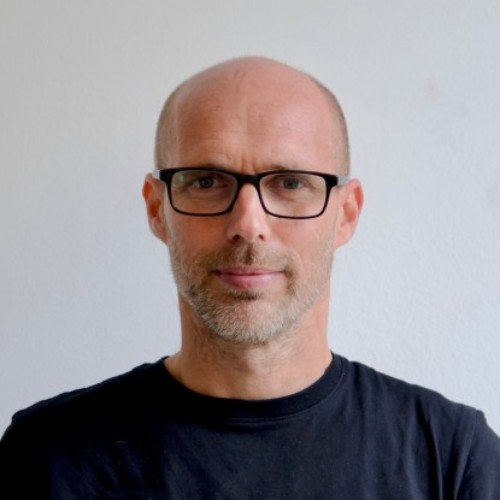
Prof. Heinz Koeppl
The Self-Organizing Systems Lab performs research on self-organization principles and addresses the question of how those principles can be put to use in artificial, engineering systems. We look at different domains with our main focus being molecular biology, in particular synthetic biology.
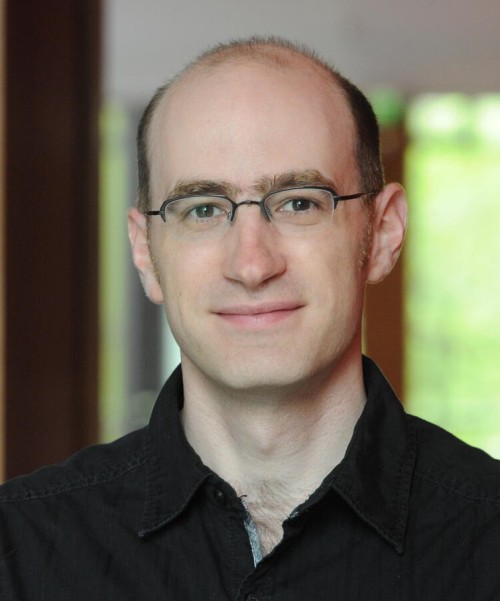
Prof. Alexander Loewer
Mammalian cells are constantly challenged with different forms of stress that originate from both the physical environment and intrinsic biological processes. We investigate how cells sense and counteract these stresses using a systems biology approach based on quantitative experiments in living cells, computer-aided data analyses and mathematical modelling.
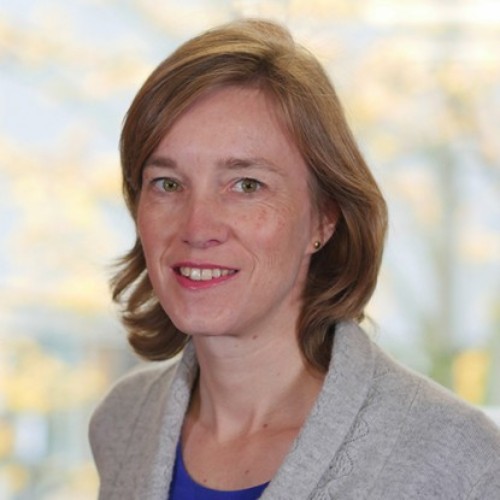
Prof. Ulrike Nuber
With our research on pediatric brain diseases – neurodevelopmental disorders and brain tumors – we aim to contribute to a better understanding of disease mechanisms and to the translation of this knowledge into clinical applications. To achieve these goals, we perform research on human stem cell-based disease models and on mouse models.
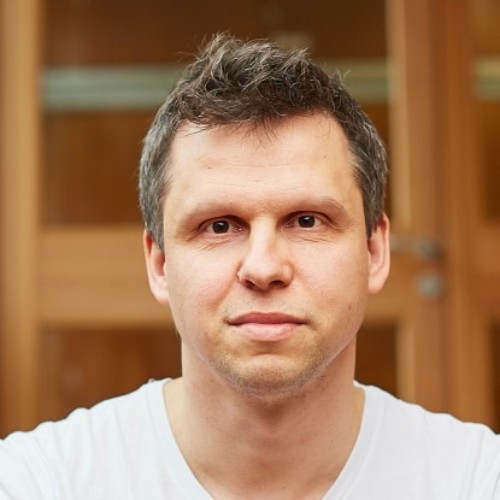
Prof. Viktor Stein
Our research group takes a protein-centric approach to synthetic biology as we devise systematic approaches to engineer artificial sensory and transport functions. Strategically, we address both fundamental research questions and develop applications for industrial biotechnology and biomedicine. We tackle these questions through a combination of molecular-genetic, biochemical and biophysical methods.
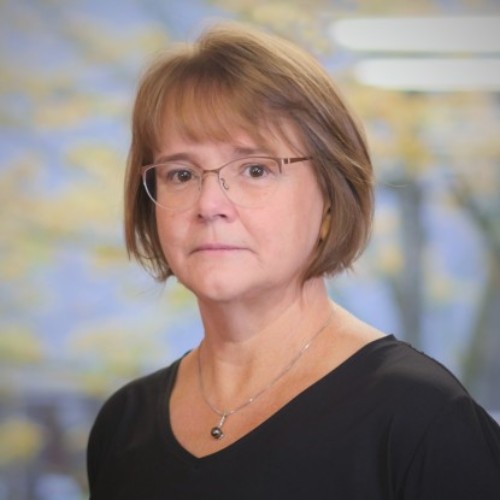
Prof. Beatrix Suess
We explore regulatory RNAs in all of their diverse forms and shapes. Our research interests include natural RNAs found in bacteria and other model organisms as well as the design of aptamers and synthetic riboswitches. Our goal is to fully understand these regulatory elements in their structure, function and range of applications.
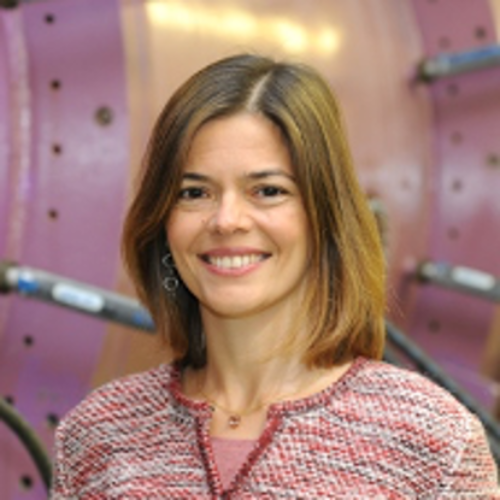
Dr. Maria Eugenia Toimil-Molares
The research facilities of the Materials Research group at the GSI Helmholtz center for heavy ion research in Darmstadt provides the unique possibility to irradiate polymer foils (e.g., polyethylene-teraphthalate, polycarbonate, and polyimide) with an individual, high energy, heavy ion. Subsequent chemical track etching yields single nanochannels with excellent control of both pore geometry (e.g. cylindrical, conical, bullet-shaped) and size (diameter tunable between ~10 nm and few µm).
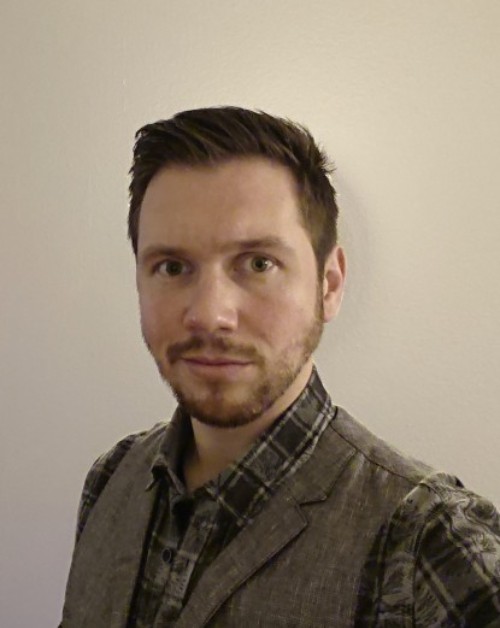
Prof. Marcel Dann
We aim to engineer photosynthetic microbes such as cyanobacteria to redirect parts of their energy harvest into the biosynthesis of valuable compounds like hydrogen and bioavailable nitrogen, or to utilize light-driven proton-gradient formation beyond the biosynthesis of ATP.
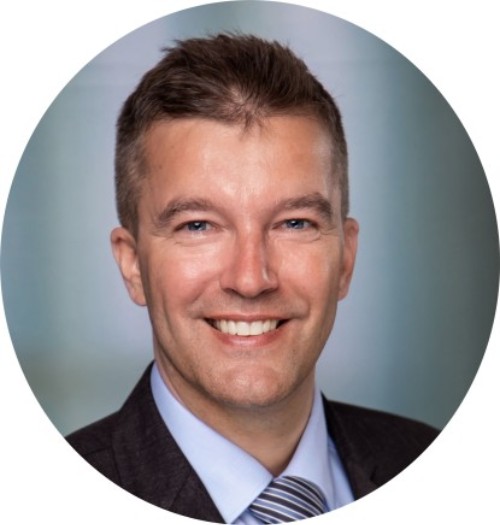
Prof. Torsten Frosch
We develop innovative biophotonic techniques for medical technology, including Raman and IR spectroscopy, photonic amplification, fibre-based sensing, and chemical imaging. Our applications include personalised medicine, therapeutic drug monitoring, non-invasive gas analysis, biospectroscopy, pharmaceutical research, biomedical imaging, and metabolic analysis.
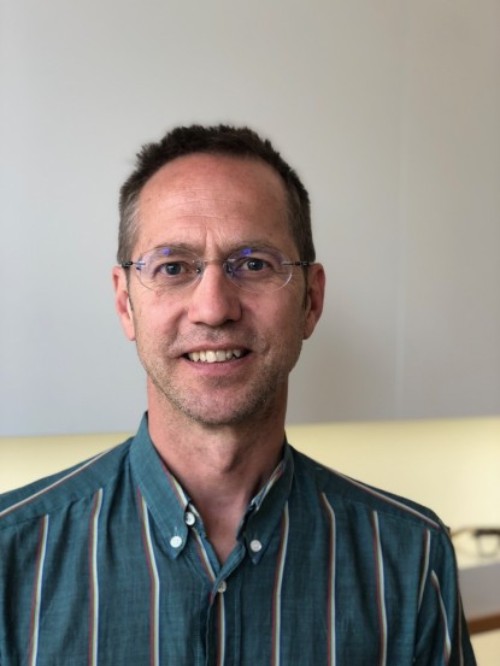
Prof. Patrick Heun
The Heun lab is interested in the organisation, establishment and maintenance of specialised chromatin states. We are particularly interested in centromeres, the genomic region that mediates the connection of chromosomes with the mitotic spindle to allow proper chromosome segregation. Epigenetic transmission of centromere identity through many cell generations is essential for proper centromere function and when perturbed can lead to genome instability and disease.
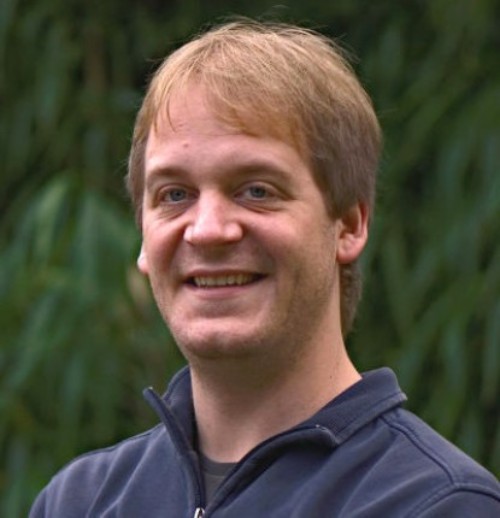
PD Dr. Simon Poppinga
Plants have evolved sophisticated structures for a wide range of mechanical tasks, such as adhesion, dispersal, and prey capture. Using modern biomechanical and functional-morphological methods, we investigate their form-structure-function relationships and abstract working principles for biomimetic transfer into technical structures and materials.
